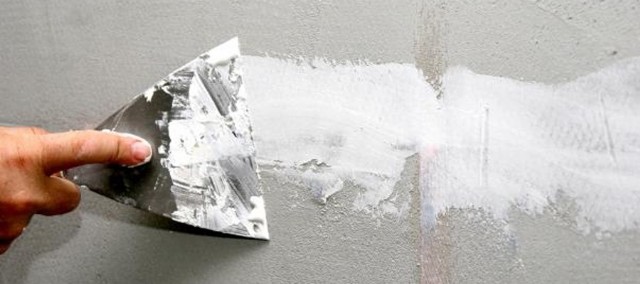Guide on How a Pneumatic Cylinder Works
These devices, also called air cylinders, are used in air brakes, automatic door closures and in automobiles helping the engine to rotate the wheels. The pneumatic cylinder has three parts, a shaft, a rod and a plunger. The plunger is attached to the rod which is inserted into the shaft of the cylinder. The assembly of plunger and the rod moves in and out of the cylinder building the air pressure inside. The purpose of plunger is to take the impact of this air pressure.

These cylinders come in various sizes starting from 2.5mm in diameter to 400 mm typically. Cylinders with higher diameter such as 1000mm are used to replace hydraulic applications.
There are two types of cylinders, single acting and double acting. In a single acting cylinder assembly, the movement of piston is only in one direction, which is when the pressure is applied. The piston is not retracted once the pressure is removed. It uses a spring attachment to push the piston back into position when the air pressure is removed. The disadvantage of this set up is that one needs to apply more pressure to move the piston since it has to overcome the spring load also.






